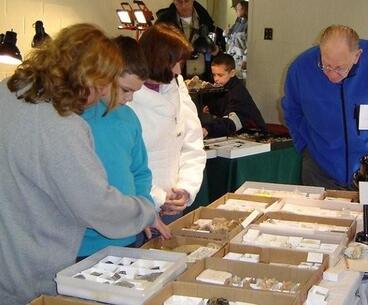Silver Soldering with Pallions - by John Pesch
Three types of solder can be used when working with silver;
|
These are just some of the soldering basics, tips and reminders from our recent class about silver soldering with pallions (chips).
Basic Steps 1.Prepare the joint: File or sand the area to be joined and make sure it is as tight as possible. Check for gaps by holding up to a light source. Remember, solder is not good at filling gaps. 2.Clean your metal: Usually preparation of the join (filing, sanding, steel wool, etc...) is sufficient. Dirt, oil, tarnish, etc., can prevent the solder from flowing. 3.Apply a coat of flux: Apply a thin coat to both the metal to be joined, and the solder (this step is not necessary when using paste solder).This helps keep the join clean during heating, minimizes oxidation and helps the solder flow. 4.Apply the Solder: Place solder so it touches both sides of the join (a little goes a long way). Heat slowly and adjust solder position, if necessary, when flux boils. You can also apply the solder after warming the flux. 5.Heat the piece: Heat the piece evenly.The idea is to get the metal hot enough to melt the solder. The flux will turn white and then clear as it approaches soldering temperature. 6.Watch for flow: Remove the heat when you see the solder “flash” or flow. 7.Q, P, and R: Quench the hot piece in water, place in pickle solution until tarnish is removed, and rinse in water after removing from pickle. 8.Inspect: Inspect the piece to make sure all intended areas are soldered. Reminders & Tips
|

